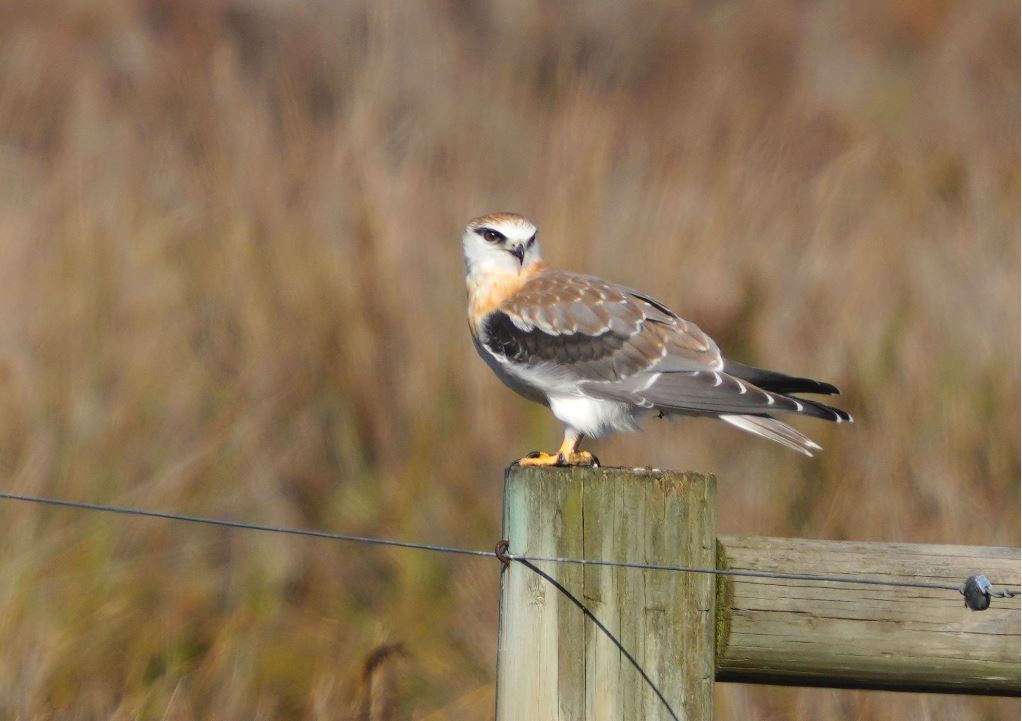
Increasing urbanisation is reducing biodiversity with cities proving harsh places for many of Australia's native wildlife to live - not least magnificent birds of prey which face lack of habitat, high buildings and disturbance by car noise and night lights.
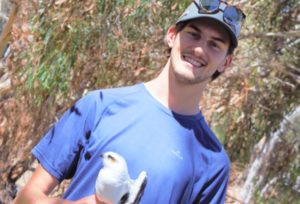
An international team of experts, led by Flinders University's BirdLab and the University of Vienna, has evaluated the adaptability and 'urban tolerance' of 24 Australian raptor species and found 13 of the smaller birds of prey such as kites and falcons showing higher tolerance for living in urban areas than 11 of the larger bodied species.
The species with the highest tolerance to urbanisation were the Eastern Barn Owl, Brahminy Kite and the Australian Hobby (Falco longipennis), while the Brown Falcon (Falco berigora) and the Wedge-tailed Eagle (Aquila audax) were the least tolerant raptor species to urban areas.
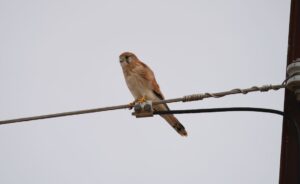
Around the world, urban tolerance is generally higher in wildlife which have flexible behaviour to learn to live in closer proximity to humans, have high fertility and strong dispersal ability over various landscapes such as urban green spaces, parks, cemeteries or golf courses, say experts from South Australia, Europe, South Africa and the US in the new article in Nature Scientific Reports.
The analysis of community science data sourced from eBird looked at raptors' body mass, nest and habitat types, feeding and migratory status to assess their tolerance, says lead author University of Vienna raptor conservation researcher Dr Petra Sumasgutner. The worldwide decline in predator populations is contributing substantially to the biodiversity crisis.
"As we see extensive cascading effects on ecosystems caused by human-dominated landscapes, we can find examples of predators which stay or return to ecosystems creating a buffer against biological invasion and disease transmission," she says.
"While some species of raptors are able to take advantage of human-dominated landscapes and urban areas, we are seeing a worrying population decline in many parts of the world."
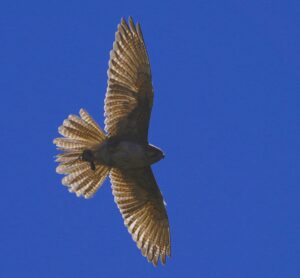
Of more than 500 raptor species, 52% are in decline and 19% are currently classified as threatened with extinction.
The study of Australian raptors was inspired by in-depth studies by Flinders University PhD Taylor Headland on the small-bodied Australian falcon - the Nankeen kestrel - which has shown adaptive techniques in both human-modified and natural landscapes alike.
"As raptors are vital for ecosystem functioning, prioritising feeding and breeding habitat for urban-tolerated raptor species is essential to enable biodiverse urban landscapes," says co-author Mr Headland, from the BirdLab research group at Flinders University's College of Science and Engineering.
"While we see evidence of small Australian raptors persisting in urban environments, conservation management initiatives focusing on habitat protection and restoration of wilderness areas need also to focus on the needs of larger-bodied raptor species given the rise in urban expansion and their avoidance of city zones.
"We are concerned for the raptors of Australia and the Southern Hemisphere which are far less studied than those in the Northern Hemisphere so resources such as eBird life are invaluable."
Using 276,674 species observations of 24 raptors, the Whistling Kite (Haliastur sphenurus) was detected the most of any raptor in the study, amassing 45,787 observations, while the Eastern Barn Owl (Tyto alba) was observed the fewest times.
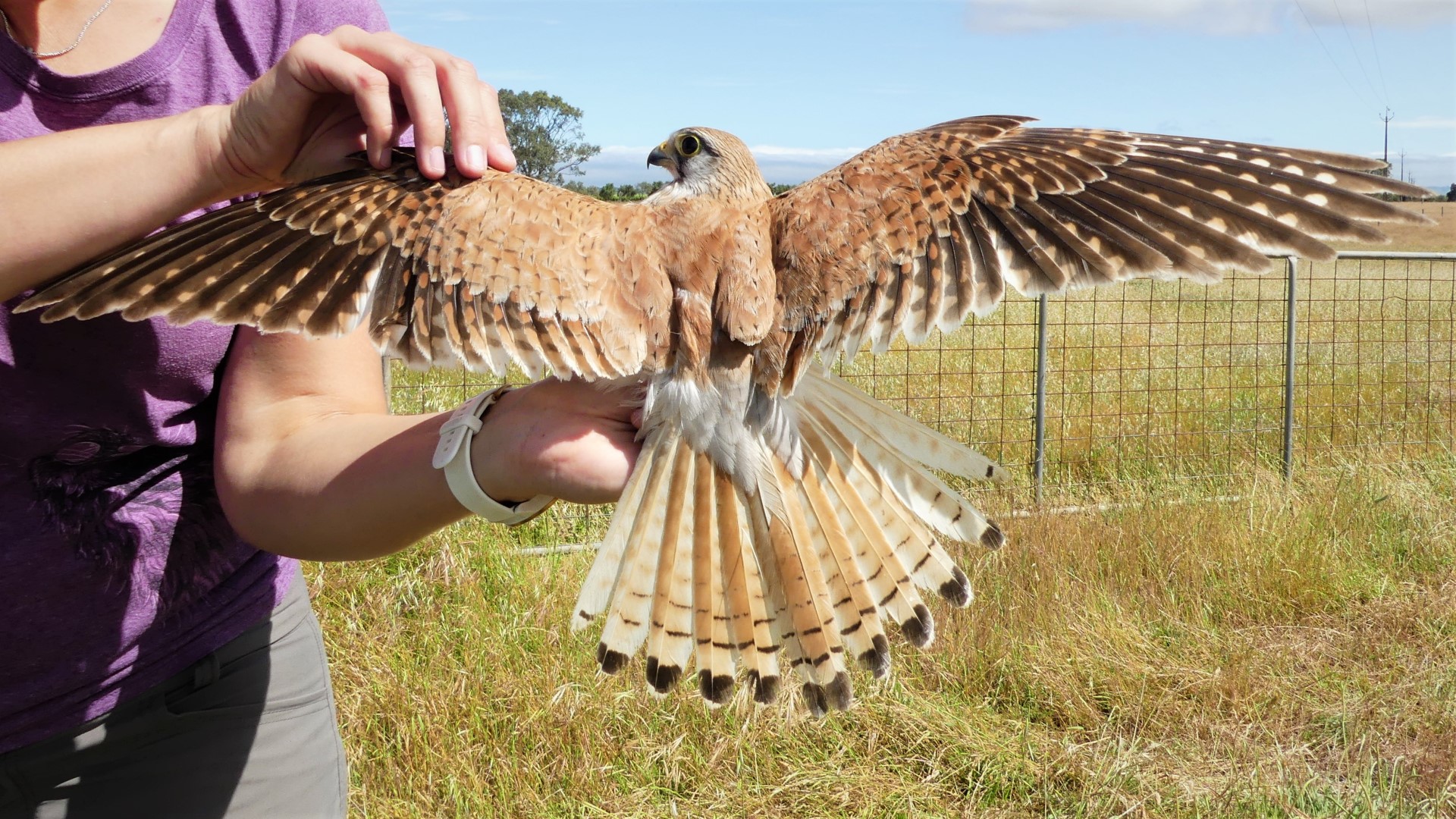
The raptors observed in the area with the highest median radiance were the Brown Goshawk (Accipiter fasciatus) and Southern Boobook (Ninox boobook) in Docklands Park, in central Melbourne, Victoria.
A Whistling Kite was sighted in the area with the lowest median radiance, which was at Lagoon Island, Lake Argyle, in north-eastern Western Australia.
Since the Cornell Lab of Ornithology and US Audibon Society launched eBird more than a decade ago, more than 90 million checklists and 1.2 billion observations of birds have been submitted - making it one of the most successful community or citizen science projects to date.
Read the article - Smaller Australian raptors have greater urban tolerance (2023) by T Headland, D Colombelli-Négrel, CT Callaghan, SC Sumasgutner, S Kleindorfer and P Sumasgutner - published in Scientific Reports DOI: 10.10 38/s41598-023-38493-z.






